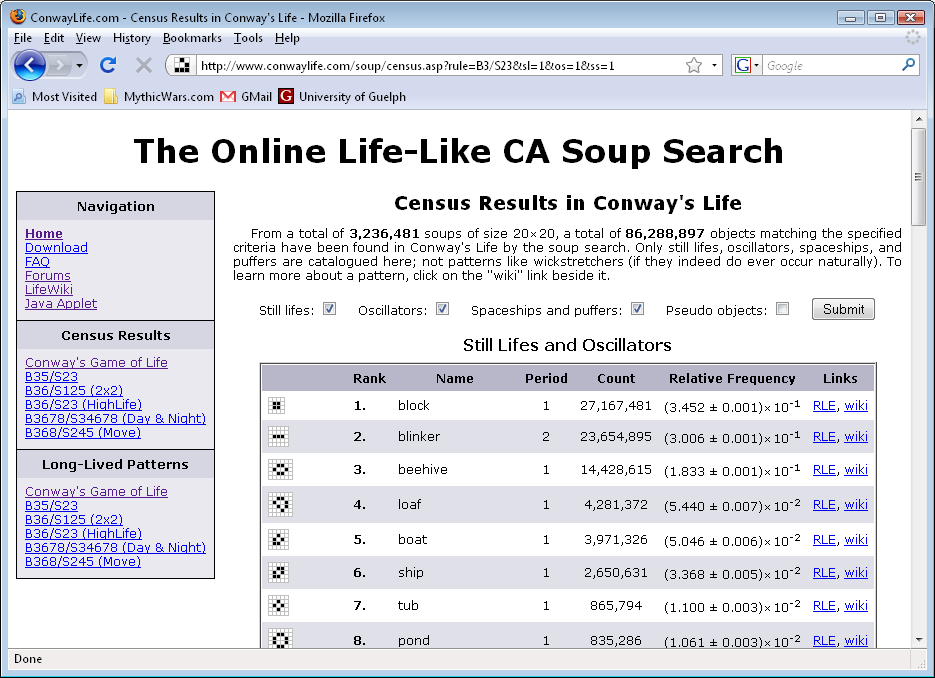Given a completely positive linear map E: Mn → Mn, its multiplicative domain, denoted MD(E), is an algebra defined as follows:

Roughly speaking, MD(E) is the largest subalgebra of Mn on which E behaves multiplicatively. It will be useful to make this notion precise:
Definition. Let A be a subalgebra of Mn and let π : A → Mn. Then π is said to be a *-homomorphism if π(ab) = π(a)π(b) and π(a*) = π(a)* for all a,b ∈ A.
Thus, MD(E) is roughly the largest subalgebra of Mn such that, when E is restricted to it, E is a *-homomorphism (I keep saying “roughly speaking” because of the “∀b ∈ Mn” in the definition of MD(E) — the definition of a *-homomorphism only requires that the multiplicativity hold ∀b ∈ A). Probably the most well-known result about the multiplicative domain is the following theorem of Choi [1,2], which shows how the multiplicative domain simplifies when E is such that E(I) = I (i.e., when E is unital):
Theorem [Choi]. Let E: Mn → Mn be a completely positive map such that E(I) = I. Then

Let $\phi : \cl{L}(\cl{H}) \rightarrow \cl{L}(\cl{H})$ be a completely positive, unital map. Then
\begin{align*}
MD(\phi) = & \big\{ a \in \cl{L}(\cl{H}) : \phi(a)^{*}\phi(a) =
\phi(a^*a)\text{ and } \phi(a)\phi(a)^{*} =
\phi(aa^*)\big\}.
\end{align*}
One thing in particular that this theorem shows is that, when E(I) = I, the multiplicative domain of E only needs to be multiplicative within MD(E) (i.e., we can remove the “roughly speaking” that I spoke of earlier).
MD(E) in Quantum Error Correction
Before moving onto how MD(E) plays a role in quantum error correction, let’s consider some examples to get a better feeling for what the multiplicative domain looks like.
- If E is the identity map (that is, it is the map that takes a matrix to itself) then MD(E) = Mn, the entire matrix algebra.
- If E(a) = Diag(a) (i.e., E simply erases all of the off-diagonal entries of the matrix a), then MD(E) = {Diag(a)}, the set of diagonal matrices.
Notice that in the first example, the map E is very well-behaved (as well-behaved as a map ever could be); it preserves all of the information that is put into it. We also see that MD(E) is as large as possible. In the second example, the map E does not preserve information put into it (indeed, one nice way to think about matrices in the quantum information setting is that the diagonal matrices are “classical” and rest of the matrices are “quantum” — thus the map E(a) = Diag(a) is effectively removing all of the “quantumness” of the input data). We also see that MD(E) is tiny in this case (too small to put any quantum data into).
The above examples then hint that if the map E preserves quantum data, then MD(E) should be large enough to store some quantum information safely. This isn’t quite true, but the intuition is right, and we get the following result, which was published as Theorem 11 in this paper:
Theorem. Let E: Mn → Mn be a quantum channel (i.e., a completely positive map such that Tr(E(a)) = Tr(a) for all a ∈ Mn) such that E(I) = I. Then MD(E) = UCC(E), the algebra of unitarily-correctable codes for E.
What this means is that, when E is unital, its multiplicative domain encodes exactly the matrices that we can correct via a unitary operation. This doesn’t tell us anything about correctable codes that are not unitarily-correctable, though (i.e., matrices that can only be corrected by a more complicated correction operation). To capture these codes, we have to generalize a bit.
Generalized Multiplicative Domains
In order to generalize the multiplicative domain, we can require that the map E be multiplicative with another map π that is already a *-homomorphism, rather than require that it be multiplicative with itself. This is the main theme of this paper, which was submitted for publication this week. We define generalized multiplicative domains as follows:
Definition. Let A be a subalgebra of Mn, let E : Mn → Mn be completely positive, and let π : A → Mn be a *-homomorphism. Then the multiplicative domain of E with respect to π, denoted MDπ(E), is the algebra given by

It turns out that these generalized multiplicative domains are reasonably well-behaved and generalize the standard multiplicative domain in exactly the way that we wanted: they capture all correctable codes for arbitrary quantum channels (see Theorem 11 of the last paper I mentioned). Furthermore, there are even some characterizations of MDπ(E) analogous to the theorem of Choi above (see Theorems 5 and 7, as well as Corollary 12).
References:
- M.-D. Choi, A Schwarz inequality for positive linear maps on C*-algebras. Illinois Journal of Mathematics, 18 (1974), 565-574.
- V. I. Paulsen, Completely Bounded Maps and Operator Algebras, Cambridge Studies in Advanced Mathematics 78, Cambridge University Press, Cambridge, 2003.









Recent Comments